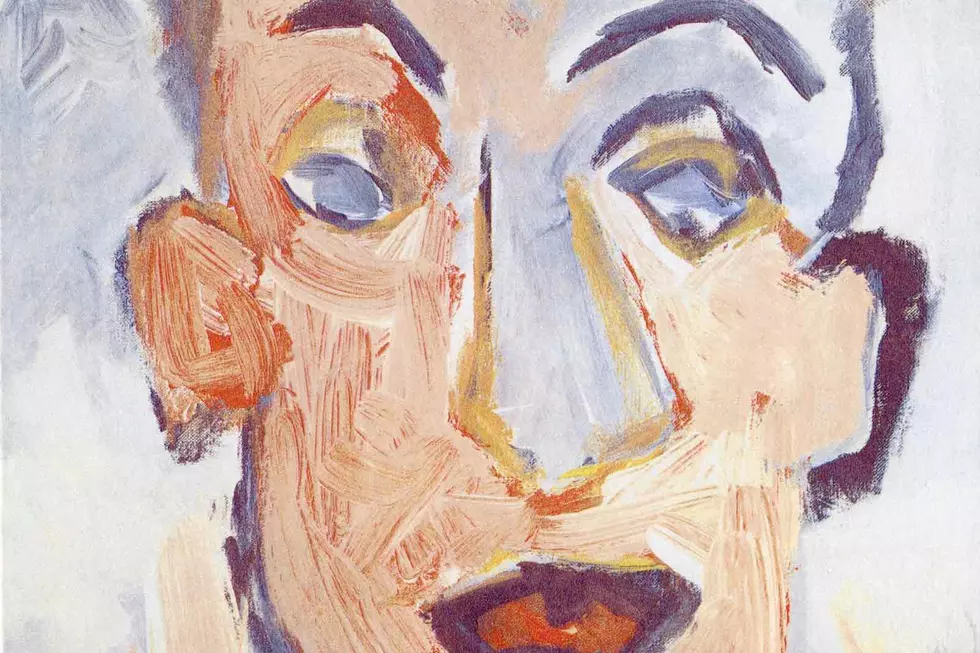
When Bob Dylan Stumbled All Over the Messy ‘Self Portrait’
Bob Dylan was still a big deal going into 1970. By midyear that would all change.
While he hadn't logged a No. 1 album yet, Dylan's every move was methodically reported on, dissected and discussed. His 1966 motorcycle accident was shrouded in the exact sort of mystery that yielded conspiracy theories that still circulate to this day. And when he finally returned a year later with the scaled-back John Wesley Harding, it kick-started the country-rock genre. Dylan even tried to one-up himself in 1969 by recording Nashville Skyline in the country-music city and with legend Johnny Cash by his side.
Even if those records didn't match the magnitude of Dylan's paradigm-shifting mid-'60s run of Bringing It All Back Home, Highway 61 Revisited and Blonde on Blonde, they were still monumental turns by one of the most significant artists of the 20th century.
Then came Self Portrait.
Released as Dylan's 10th album on June 8, 1970, Self Portrait arrived as the most curious LP of his then eight-year career. Like Blonde on Blonde, it was a double record; unlike Blonde on Blonde, or most of the records that had made him the spokesperson of a generation, two-thirds of the album were songs written by others. They ranged from traditional Appalachian folk songs to Paul Simon's "The Boxer," which had come out just a year earlier.
In between were such curios as a song from Gordon Lightfoot's 1966 debut album ("Early Morning Rain"), a 1955 French song that turned into a hit for the Everly Brothers ("Let It Be Me"), the 1934 tune "Blue Moon" that became a No. 1 doo-wop single for the Marcels in 1961 and a handful of vintage Dylan cuts, including "Like a Rolling Stone," recorded live at the Isle of Wight Festival in 1969.
They all pretty much had one thing in common: They sounded tossed off and lazy. Even the few songs that managed to stand out among the debris were far from top-tier Dylan. "Wigwam," with its mariachi horns and wordless vocals, remains the highlight of the sessions, while the first official appearance of Dylan's version of "The Mighty Quinn (Quinn the Eskimo)" - The Basement Tapes song was a Top 10 hit for Manfred Mann in 1968 - comes from the Isle of Wight concert.
Listen to Bob Dylan's 'Wigwam'
Neither is enough to prop up the rest of Self Portrait. Some familiar names are listed among the large group of backing musicians who appear on the LP, including multi-instrumentalist Al Kooper and the Band, who supported Dylan at Isle of Wight. Bob Johnston, who produced Highway 61 Revisited, Blonde on Blonde and other Dylan albums, was behind the boards. And there's a clear steering away from what was expected of him - a routine move Dylan excelled at.
Still, the album rarely excels at anything. Contemporary reception was savage: Rolling Stone's review of the album famously opened with the line, "What is this shit?" It managed to make it to No. 4 in the U.S., and to No. 1 in the U.K., but popular opinion hasn't shifted much since Self Portrait's release. It says much that it's one of the few Dylan albums not represented on his 1985 career-spanning and influential box set Biograph.
Dylan has since dismissed the negative opinions, saying that everyone missed the point of the record, which he claimed he made as a joke and to quell all those worshipful labels he'd been saddled with since the start of his career. He even told Rolling Stone in 1984 that he purposely made Self Portrait a double album because "if you’re gonna put a lot of crap on it, you might as well load it up."
Whatever the case, fans have warmed a bit to the album in the years since - especially after Dylan released several and even more dismal LPs in the '80s. In 2013, Dylan's excellent Bootleg Series even dedicated a volume to Self Portrait, revisiting demos, outtakes and alternate takes in an attempt to make more sense of the mess.
In a way it worked. Collecting sessions for the record - as well as for Self Portrait's slightly improved follow-up, New Morning, which came out four months later, and other assorted era recordings - Another Self Portrait (1969–1971) omits several of the newer songs and instead focuses on original Dylan material and traditional cuts. In this light, the album plays more like the two folk-inspired records Dylan released in the early '90s, prior to his resurgence with the late-career masterpiece Time Out of Mind in 1997.
It doesn't make the original Self Portrait any more listenable now than it was in 1970. But with new perspective, and a more balanced center, it's not quite the pile of crap everyone, Dylan included, thought it was back when the record put the brakes on an otherwise forward-moving career.


